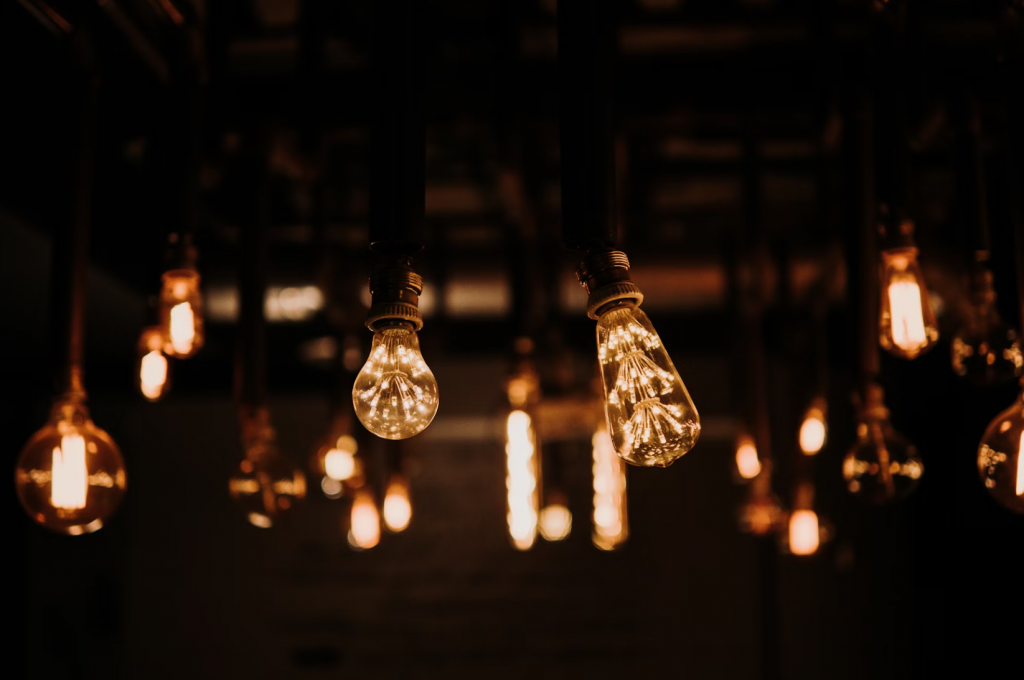Understanding the Science Behind Light and Sleep
Getting a good night’s rest is not just about avoiding caffeine or sticking to a bedtime—light plays a critical role too. Your body’s internal clock, also known as the circadian rhythm, is directly influenced by exposure to light. Smart bulbs offer a way to control that exposure.

How Light Affects Melatonin Production
Melatonin is the sleep hormone, and it’s light-sensitive. When it’s dark, your body produces more melatonin. But exposure to bright or blue-toned light in the evening can suppress melatonin, delaying your sleep onset.
The Role of Circadian Rhythm in Sleep Health
Your circadian rhythm operates on a 24-hour cycle, responding to natural cues like sunlight and darkness. Disruptions—like inconsistent lighting—can confuse your body, leading to poor sleep. Smart lighting mimics these natural patterns, helping restore rhythm balance.
What Are Smart Bulbs?
Before diving into sleep benefits, let’s define smart bulbs. These are light bulbs you can control using an app, voice assistant, or smart home system. They’re customizable, programmable, and often include features that traditional lighting lacks.
Key Features of Smart Bulbs
Most smart bulbs allow you to:
- Change brightness levels
- Adjust color temperatures (from cool white to warm amber)
- Schedule on/off times
- Control via smartphone or voice
Differences Between Smart Bulbs and Regular Bulbs
Unlike regular bulbs that stay static, smart bulbs adapt to your daily routine. You can dim them as you wind down, or shift from energizing white to sleep-inducing amber tones—all without flipping a switch.
How Smart Bulbs Can Help You Sleep Better
Adjusting Color Temperature for Circadian Alignment
Smart bulbs let you reduce blue light exposure in the evening by shifting to warmer tones. Cooler tones (6000K) mimic daylight, while warmer hues (2700K or lower) signal your body to prepare for rest.
Automating Dimming for Natural Sleep Onset
You can program smart bulbs to slowly dim over a period, simulating sunset. This gradual reduction in light can cue your brain to start producing melatonin.
Blue Light Reduction in the Evening
Many smart lighting apps include “Night Mode” or “Relax Mode” that minimizes blue light, a known melatonin suppressant. Using these modes at least an hour before bed is ideal.
Best Practices for Using Smart Bulbs in Bedrooms
Setting Schedules and Routines
Consistency is key. Use your smart bulb’s app to create recurring routines—such as dimming lights at 9:30 PM and turning them off at 10:00 PM daily.
Using Sleep and Wake-Up Programs
Some bulbs feature “Wake-Up Light” programs that simulate sunrise by gradually increasing brightness in the morning. This helps you wake up more naturally and feel alert without an abrupt alarm.
Avoiding Overstimulation Before Bed
Don’t use bright, cool white light in the bedroom past 8 PM. It’s tempting to keep lights bright while reading or watching shows, but that can delay sleep onset.
Recommended Smart Bulbs for Sleep Improvement
Philips Hue White Ambiance
This bulb is a gold standard for sleep-focused lighting. It offers a wide range of color temperatures and easy automation via the Philips Hue app.
Wyze Bulb Color
An affordable option with excellent scheduling features. Its soft white and amber settings are perfect for winding down before bed.
Govee Smart LED Bulbs
These bulbs integrate well with Alexa and Google Assistant. Their sleep scene presets make it simple to use lighting as a part of your bedtime routine.
Integration with Sleep Apps and Smart Assistants
Syncing with Apple Health, Google Fit, or Fitbit
Some ecosystems like Apple HomeKit or Google Fit allow you to pair smart lighting with sleep tracking apps. This creates a feedback loop where lights adjust based on your sleep patterns.
Voice Control for Bedtime Routines
“Alexa, turn on night mode” or “Hey Google, dim the bedroom lights to 20%”—voice commands reduce the hassle and make bedtime routines seamless.
Common Mistakes and How to Avoid Them
Too Much Brightness at Night
Over-bright rooms trick your brain into thinking it’s daytime. Set a maximum brightness limit in the evenings and avoid using your bulbs at full intensity after sundown.
Using Improper Color Modes
Bright white or blue tones at night are counterproductive. Switch to amber or red-based modes, which have minimal impact on melatonin levels.
Inconsistent Sleep Schedules
Smart bulbs are most effective when used consistently. If your sleep routine shifts every few days, even perfectly configured lighting won’t fully help.
Final Thoughts on Smart Lighting and Sleep
Smart bulbs aren’t just about convenience—they’re a tool for better health. By simulating natural light patterns, they help regulate your body’s internal clock. When used correctly, they can reduce sleep latency, improve sleep quality, and help you wake up more refreshed. Think of smart lighting as a personal sleep coach built into your home.
FAQs
Why are smart bulbs better for sleep than regular bulbs?
Because they allow you to mimic natural lighting conditions and reduce blue light exposure, which helps regulate your sleep-wake cycle.
Can smart bulbs completely replace a sunrise alarm clock?
Yes, many smart bulbs have wake-up features that gradually brighten in the morning, offering a gentler way to wake up.
Do I need a smart home hub to use smart bulbs for sleep improvement?
Not necessarily. Many smart bulbs connect directly to your phone via Wi-Fi or Bluetooth and can still be fully functional.
Is there a best time to start using warm light in the evening?
It’s recommended to switch to warm or amber light at least one hour before your intended bedtime.
Can children benefit from smart bulbs in their sleep routine?
Absolutely. Using dim, warm lighting in children’s rooms can help signal bedtime and encourage a more restful night.

